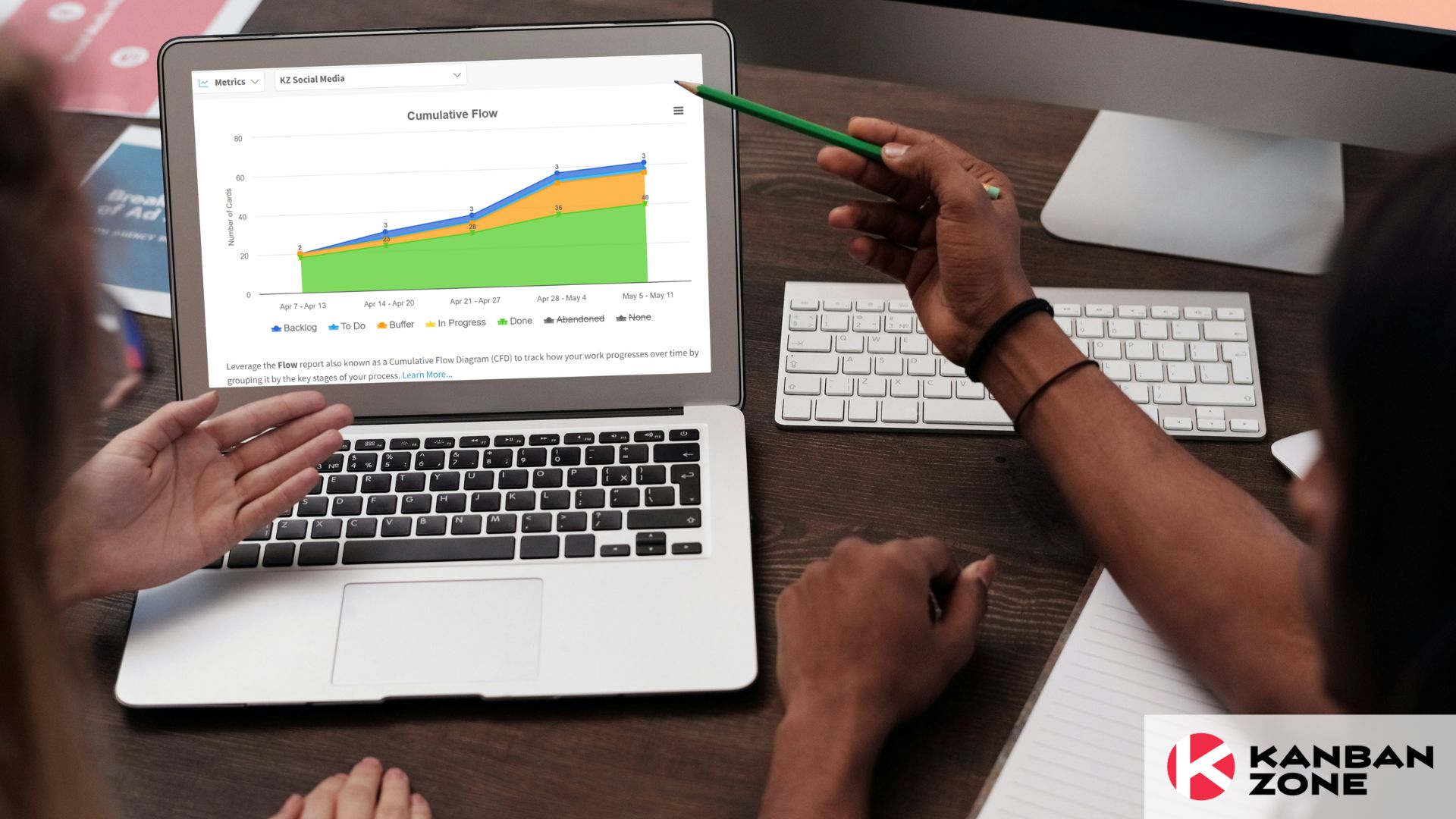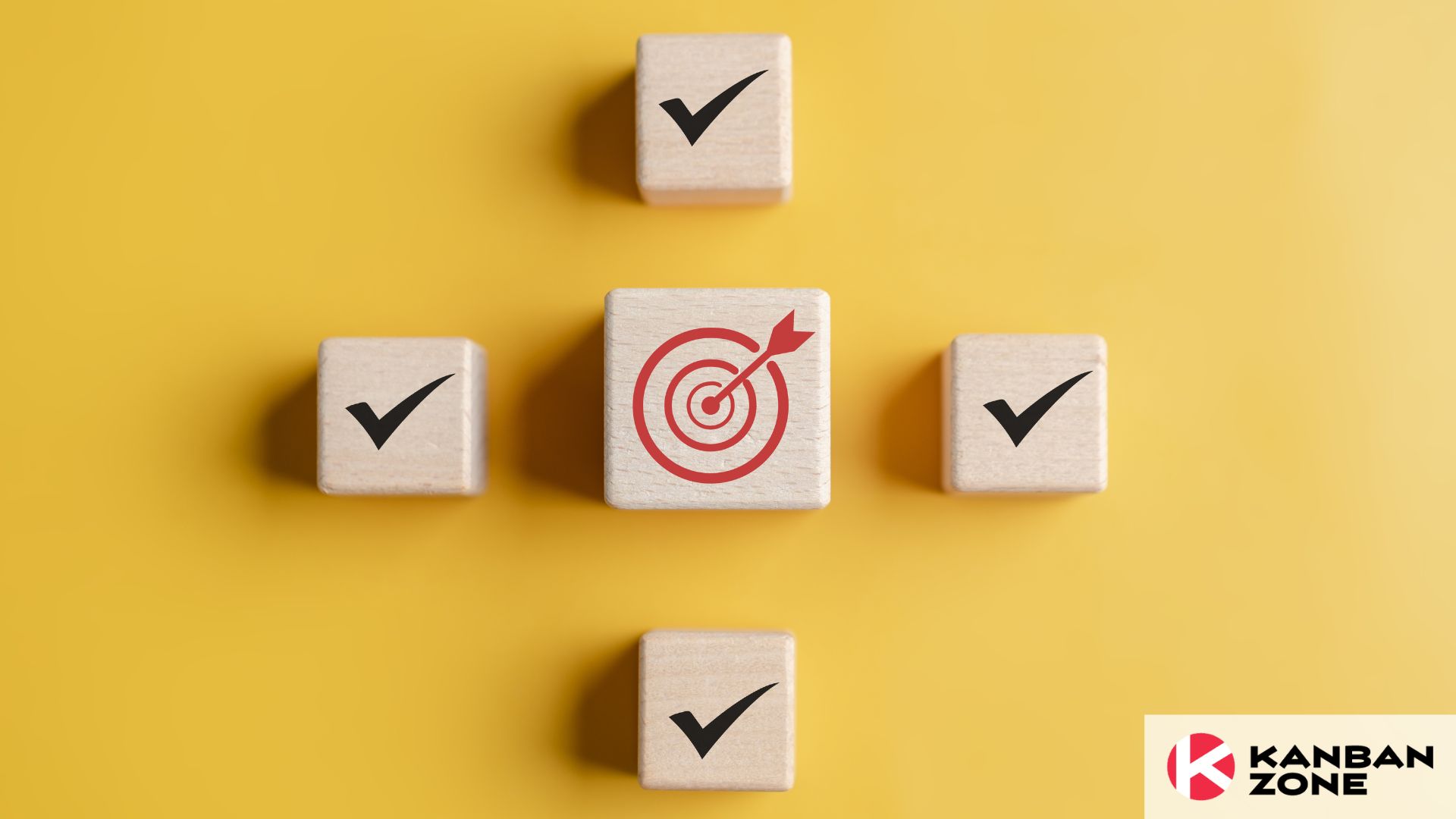
More companies are engaging prospective new hires through video interviews. This comes not only as more companies switch to remote work, but because they want to be more efficient at hiring. Virtual interviews allow companies to diversify their talent pool and reach a global audience. It’s also a cost-effective way of shortlisting their candidates.
The logistics of setting up a virtual interview is made easier by several video conferencing tools available for both companies and interviewees. Most of these are free, that’s why it’s easy to implement.
Virtual interviews also allow employers to get a better assessment of their candidates compared to just reviewing a pretty resume. Virtual interviews will become the norm and job hunters will need to be ready to face the camera. While virtual interviews may seem daunting, it’s not difficult to overcome. With the addition of technology preparations, a lot of what you do for a physical interview will also apply to virtual interviews.
Ace your next virtual interview with these tried and tested tips.
How to Prepare for a Virtual Interview
As with any type of interview, preparation is key. For virtual interviews, there’s another layer of preparation that you need to account for and that’s mostly the technology you’ll use. The goal is to make the interview experience as seamless as possible that it feels you’re talking face-to-face with your interviewer.
Test Your Connection and Equipment
Technology is probably the most important aspect of any virtual interview. This includes your connection, laptop or computer, and your audio equipment. You don’t want to drop in and out of your interview because of crappy internet service. You also don’t want to have headphones with a non-functioning microphone.
If you don’t know the reliability of your home internet, it’s best to test days before. This is so you’ll know if you need to consider back-up plans. If your home internet isn’t stable, you may want to consider taking the interview in a co-working space instead. Co-working spaces come with high-speed internet. You can even book a room for your virtual meeting if budget permits.
Another option is to get a portable WiFi device. You need to test this and make sure it will work wherever you’re taking the interview. It’s also good to have this as a back-up plan even if you have home internet. You’ll never know what could happen that day so it’s safe to have a Plan B. If you’re interviewing for a remote work position or considering to work remotely, you should invest in a reliable home internet service as early as now if you still don’t have it.
30 minutes to an hour before your interview, test your connection again. Have everything you need. Be ready to join the virtual meeting room ahead of schedule. Treat this as you would treat a physical interview and be punctual.
Prepare Your Environment
It’s important to have a distraction-free area for your virtual interview. As much as possible, pick a room with a neutral background, preferably white-walled, and position your machine there. Having a white background will make your interviewer less distracted as opposed to having your kitchen sink or TV visible. Make sure you’re in a quiet and well-lit room as well.
Dress the Part
Just because you’re attending a virtual interview doesn’t mean you won’t make yourself presentable. Imagine what impression you’ll make if you face your interviewer in your pajamas or a tank top. If you make yourself presentable virtually, this will make your interviewer feel that you’re prepared and are taking things seriously. You’re not required to wear a coat and tie but wear something that looks professional. Save the more casual and “home-y” clothes for when you’re already part of their team.
Do Your Research
As with physical interviews, it’s best to know what you’re going into. Research on the company you’re applying for. What do they do? What are their products and services? Read the job requirements and assess how you match up. Take note of what you’ll need to highlight to make your interviewer feel that you’re fit for the job.
Practice, Practice, Practice
It’s time to do a test run. The goal of this test run is to assess your connection, your voice and tone during an interview, and your body language. It’s best to have this recorded so you can replay and review your practice interview and spot anything that needs correction. You can also ask someone to do a mock interview with you. This way, you can get feedback on how you speak, if you’re clearly heard, and if you come off as professional and prepared.
If your interviewer is using their own virtual interview tool, it’s best to familiarize yourself with it days before your interview so you don’t have to figure it out on the day and cram.
You can also practice answering some common interview questions but avoid memorizing your answers. Instead, gather your high-level thoughts and focus on conveying your response based on them. Here are some common interview questions that you can practice on:
- Why are you interested in this position?
- What are your biggest weaknesses?
- What would you say is your biggest professional accomplishment?
- Share a challenging situation you had to deal with at work and how you overcame it.
- Why are you leaving your company?
You should also be ready to throw questions at your interviewer should they ask. This shows your interest in the role and the company. Here are some questions you can ask:
- Where does this role sit in the organization, and if hired, with whom or what groups will I be working with?
- What do the day-to-day activities and responsibilities of this role look like?
- What are the most important qualities and skills for someone to be successful in this role?
- Can you walk me through the next steps of the application process?
How to Answer Virtual Interview Questions
As you join the virtual interview, it’s important to be mindful of your overall tone, appearance, and behavior. Here are some things to keep in mind during your virtual interview.
Be Clear and Calm
Make sure that your voice is clearly heard and modulated. Make sure your microphone is placed just right to pick up your voice. Not too loud or too soft. This is where the practice you had days before would come in handy. There can be delays when using video conferencing. Speak slowly and enunciate your words well so that even with delays, your interviewer can hear and understand you clearly.
Monitor Your Body Language
Your body language can help you convey a good image during a virtual interview. You can do this by sitting up straight and not slouching. Keep your hands away from your face so as not to distract your interviewer. Make sure to make eye contact by looking into your camera and not the screen. This will make your interviewer feel that you’re fully engaged in the conversation.
Listen Carefully
Be sure to actively listen to your interviewer and don’t let your mind wander. As there can be delays during the virtual meeting, you need to stay focused so you don’t miss anything. Be careful not to cut off your interviewer so pay close attention to their non-verbal cues. You can wait for a few seconds before speaking so you can avoid cutting them off.
Be Yourself
Employers also assess culture fit during virtual interviews. To show your personality, you need to be expressive when communicating your answers and thoughts. Your interviewer needs to determine if your personality “jives” with their company culture. If you stay true to yourself instead of putting a front, you can better highlight your strengths and convince your interviewer to advance your application.
What to Do After a Virtual Interview
To make an even better impression, here’s what you can do after your virtual interview.
Send a Thank You Note
This tip is applicable whether you had a physical or virtual interview. Within 24 hours from your interview, send a thank you email to your interviewer. This shows that you value their time and helps you stay on top of their minds. You can highlight a portion of the interview where you think you and the interviewer had a good conversation. If there were any questions that you feel you could’ve answered better, now’s your chance to do so. Make sure to keep your message short and concise.
Politely Follow Up
Some companies revert quickly to their candidates while some may have a longer review process. Send a follow-up email 5 working days after your interview date. But if the interviewer told you when you’ll most likely hear from them again, wait for at least one more working day before sending a follow-up. This will prevent you from sounding overeager or impatient.
Make sure to mention the position you were interviewed for and when you had the interview. Let them know that you’re keen to know the next steps in the application. Then ask if there’s an update already available. Don’t forget to say thank you. Keep this message short and to-the-point.
Start Your Virtual Job Hunting
Virtual interviews can be nerve-wracking. But if you’re prepared with the right tools, mindset, and composure, you can breeze through any virtual interview successfully. Whether applying for an office job or a remote position, preparing for a virtual interview or a virtual meeting, in general, is a worthy investment. In today’s modern world, companies are expecting remote readiness from employees. You’ll have a better shot at a variety of jobs when you’re well-equipped to tackle remote work. For your next virtual interview, try our tips and land your next job with ease.
Learn to Work Smarter, Not Harder!
Get our top articles weekly.
Table Of Contents
Discover many more posts…







